Analysis: Grading Every Seahawks First Round Pick
Since the franchise’s inception in 1976, the Seahawks have made 42 selections in the first round of the NFL Draft, including selecting multiple players in the opening round on four occasions.
While Seattle hasn’t used many first rounders in recent history with general manager John Schneider at the helm, including not having a first-round pick in 2021 thanks to a trade for safety Jamal Adams, the organization has landed some impressive talents over the years while also drafting its fair share of duds along the way.
Looking back at the team’s 47-year history, how does each Seahawk first round pick stack up? Here’s a quick peek at every player ever selected by Seattle along with a grade based on overall production, awards, years with the franchise, and locker room impact.
1976: Steve Neihaus, Defensive Tackle, Notre Dame (No. 2 Overall)
Analysis: After being named an All-American for the Fighting Irish, Neihaus became Seattle’s first ever draft pick in the 1976 NFL Draft. He became an immediate starter for the expansion team and garnered NFC Defensive Rookie of the Year honors, but knee injuries derailed his career shortly after. He played only two more years in Seattle and three years total before being forced to retire.
Grade: C
1977: Steve August, Tackle, Tulsa (No. 14 Overall)
Analysis: August had a steady, if unspectacular eight-year NFL career and still holds the Seahawks franchise record with 90 starts at right tackle. He didn’t play in any Pro Bowls before retiring in 1985, but he was a serviceable starter for several playoff teams in Seattle.
Grade: B-
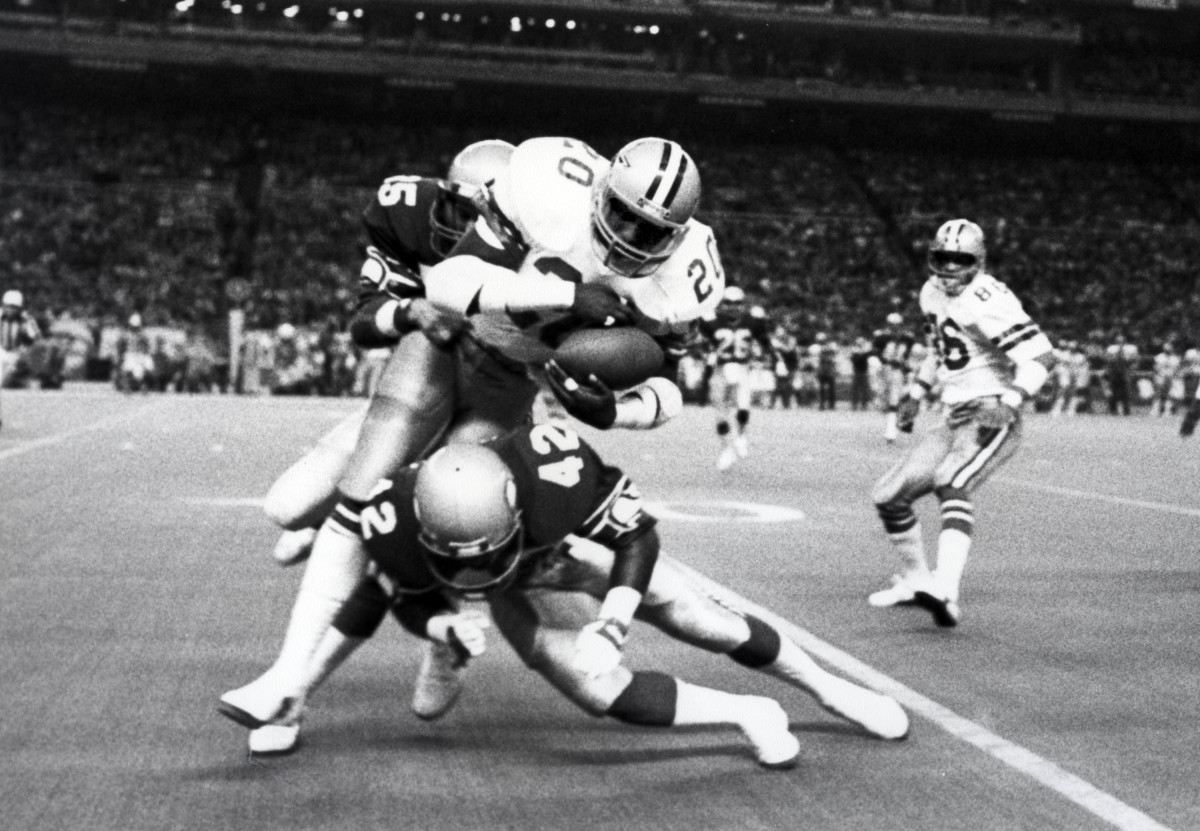
1978: Keith Simpson, Defensive Back, Memphis (No. 9 Overall)
Analysis: As the third defender picked in the 1978 NFL Draft, Simpson started his career at cornerback before transitioning to safety in 1979. Despite picking off seven passes over the next two seasons, the arrival of Hall of Famer Kenny Easley in 1981 forced him back to corner for the next five seasons. He retired with 19 interceptions and three defensive touchdowns in 108 games with the Seahawks before retiring after the 1985 season.
Grade: B
1979: Manu Tuiasosopo, Defensive Tackle, UCLA (No. 18 Overall)
Analysis: With Neihaus struggling through injuries, Seattle used another first-round selection on Tuiasosopo to bolster their interior defensive line and it didn’t fare much better. He played just five years with the Seahawks before winning a Super Bowl as a member of the 49ers, where he played his final three NFL seasons.
Grade: C-
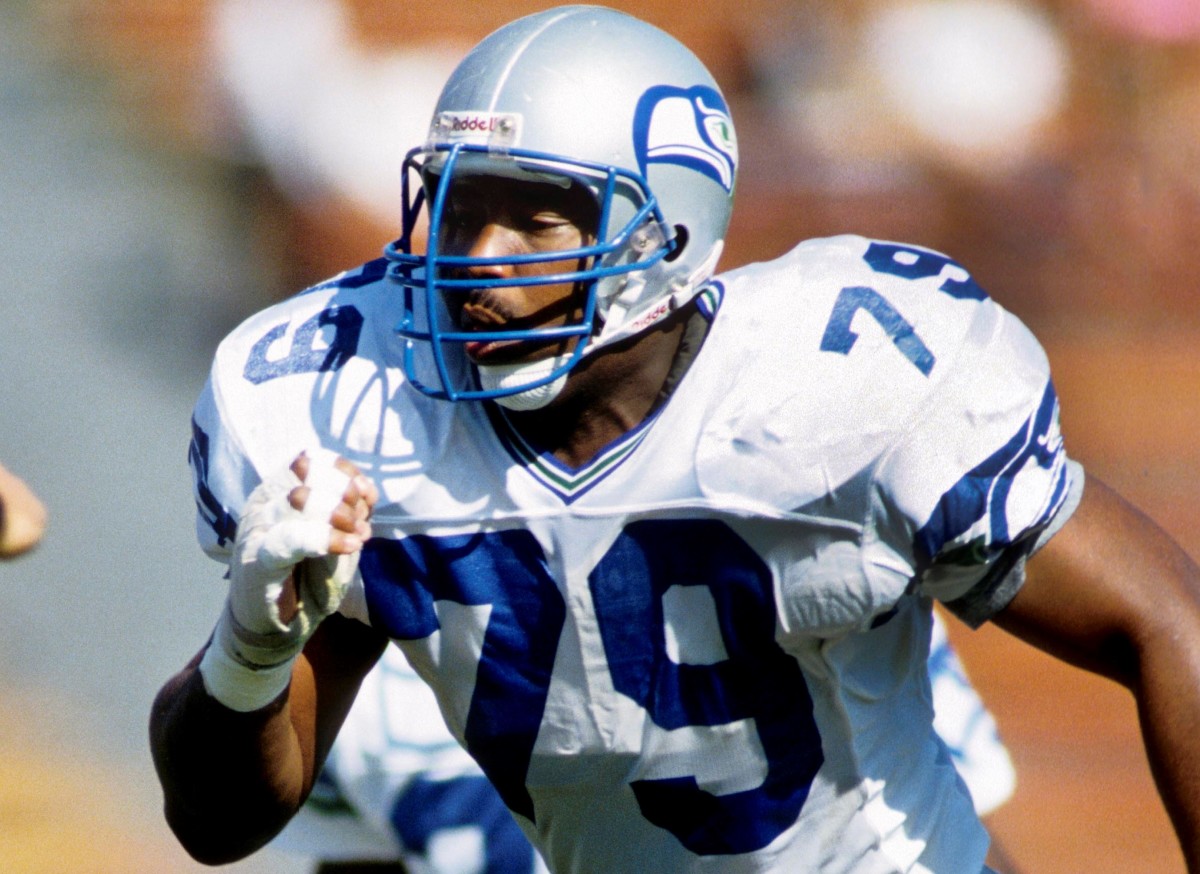
1980: Jacob Green, Defensive End, Texas A&M (No 10. Overall)
Analysis: Serving as franchise’s first slam dunk first-round selection, Green reached double-digit sacks five times, made two All-Pro teams, and played in two Pro Bowls during 12 seasons with the Seahawks. He wrapped up his career with 97.5 sacks, though he’s unofficially been credit with 116, and joined Seattle’s Ring of Honor in 1995. One of the most consistent pass rushers of his era, he ranks among the franchise's most notable Hall of Fame snubs.
Grade: A
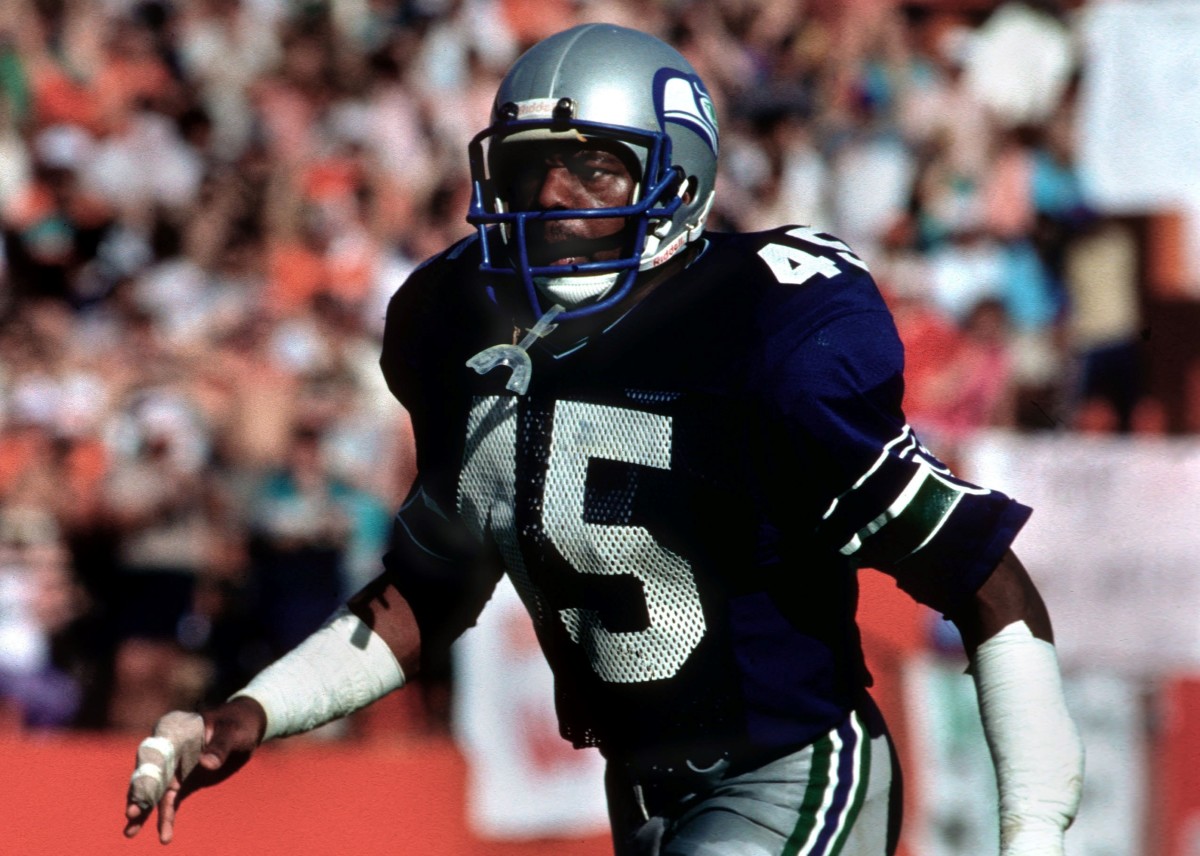
1981: Kenny Easley, Safety, UCLA (No. 4 Overall)
Analysis: Seattle struck gold for a second straight year when they landed Easley, one of the most dominant safeties of his generation. He started off with a bang, earning four consecutive First-Team All-Pro selections between 1982 and 1985. His finest season came in 1984, when he picked off 10 passes and was named NFL Defensive Player of the Year. Finishing his career with 32 interceptions in only seven seasons, he became the fourth Seahawk in the Pro Football Hall of Fame in 2017.
Grade: A+
1982: Jeff Bryant, Defensive End, Clemson (No. 6 Overall)
Analysis: Though he wasn’t quite as successful as Green, Bryant enjoyed some stellar seasons chasing down opposing quarterbacks in Seattle, including recording 14.5 sacks in 1984. His production dipped substantially over his final nine seasons with the team, but he still wrapped up his career with a respectable 63 tackles and 11 fumble recoveries.
Grade: B
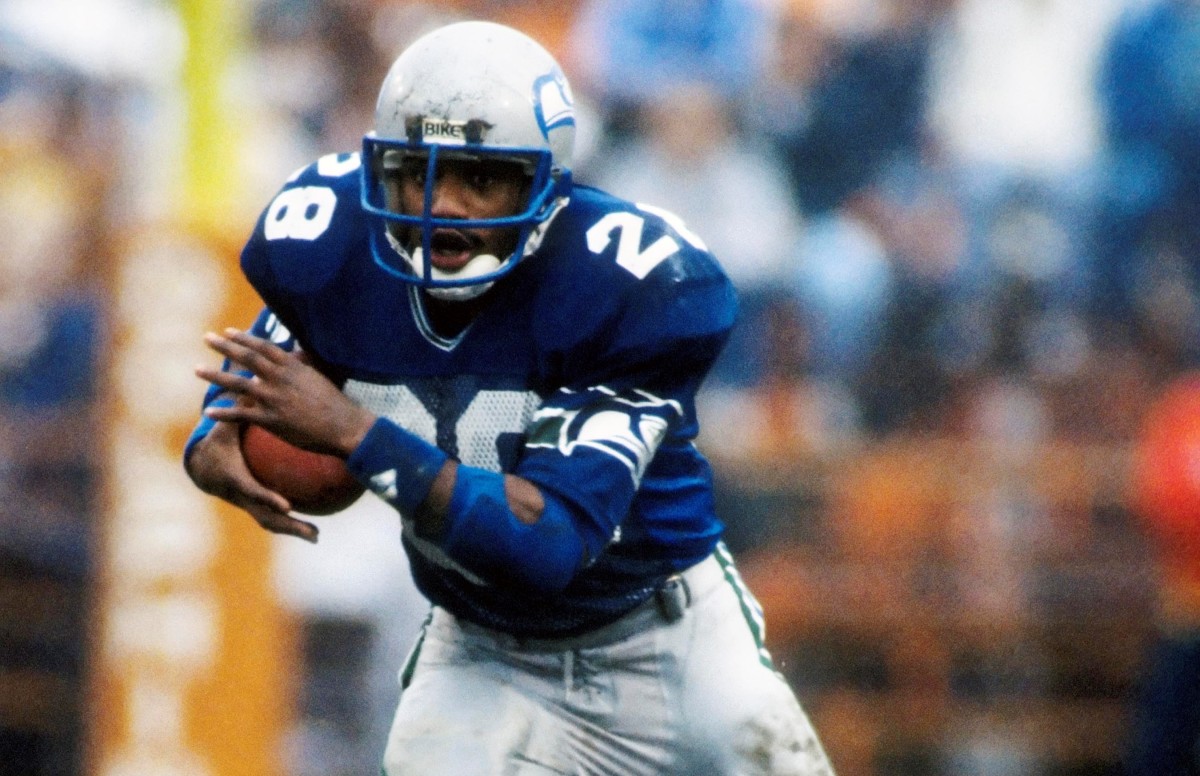
1983: Curt Warner, Running Back, Penn State (No. 3 Overall)
Analysis: Warner quickly became Seattle’s first star running back, leading the AFC with 1,449 rushing yards and scoring 14 combined touchdowns. A torn ACL cost him most of the following season, but he hit the 1,000-yard mark three more times with the Seahawks and earned his second AFC Offensive Player of the Year award in 1986. He earned All-Pro honors three times, played in three Pro Bowls, and was placed into the Ring of Honor in 1994.
Grade: A-
1984: Terry Taylor, Cornerback, Southern Illinois (No. 20 Overall)
Analysis: Following a successful playoff run in 1983, Seattle upgraded its secondary by snagging Taylor, who played six seasons with the team. While he didn’t play in any Pro Bowls, he recorded 279 combined tackles and intercepted 16 passes in just 79 games, proving to be productive at cornerback.
Grade: B-
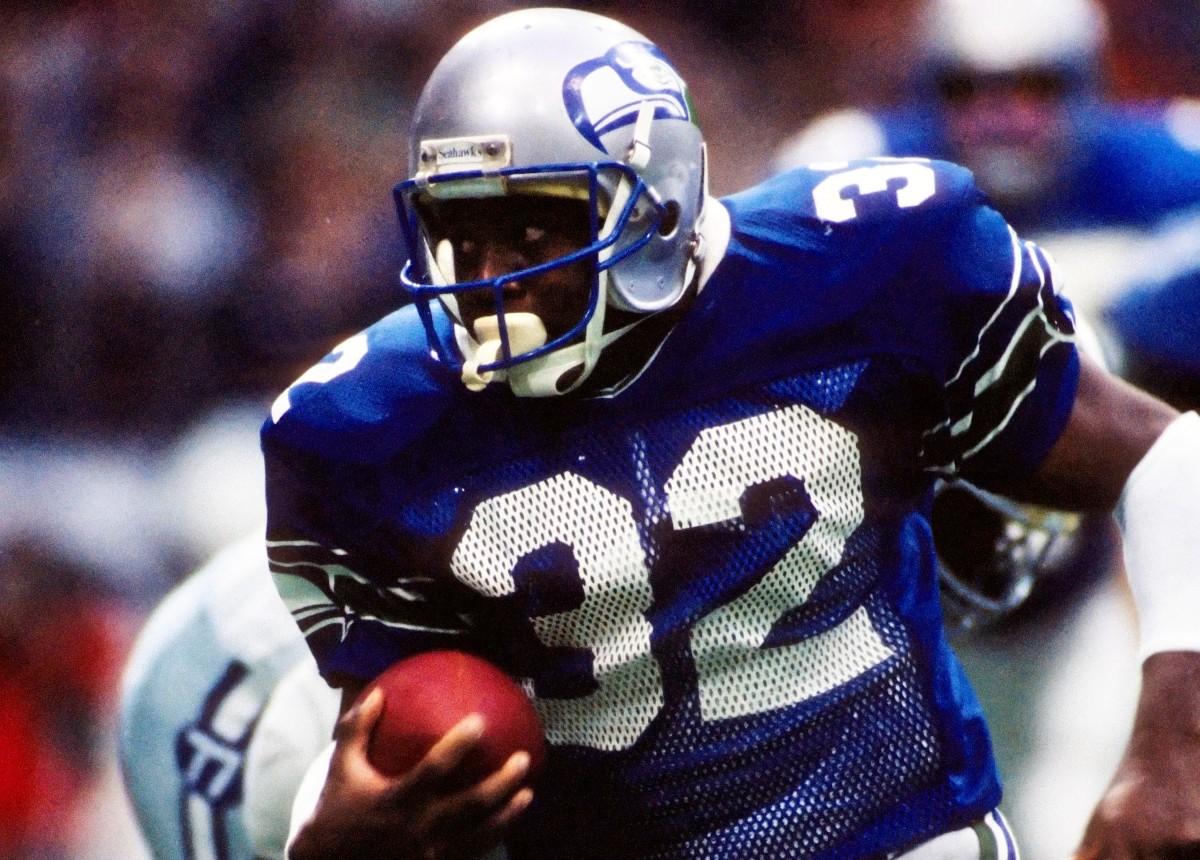
1986: John Williams, Fullback, Florida (No. 15 Overall)
Analysis: With fullbacks becoming near-extinct in today’s NFL, it’s weird to consider the position used to have far more value in earlier eras. A two-time Pro Bowler, Williams produced gaudy stats for a fullback in eight seasons with the Seahawks, amassing over 4,500 rushing yards, over 4,100 receiving yards, and 33 total touchdowns. His skill set may have translated well to today's NFL as a third down pass catching back.
Grade: B
1987: Tony Woods, Defensive End, Pittsburgh (No. 18 Overall)
Analysis: Woods earned the distinction as the last player drafted in the USFL before Seattle took him in the 1987 NFL Draft. He recorded over 100 tackles in each of the 1988 and 1989 seasons, but never found much success as a pass rusher, finishing with 16.0 sacks in six seasons before the Seahawks released him in 1993.
Grade: C-
1989: Andy Heck, Tackle, Notre Dame (No. 15 Overall)
Analysis: After winning a National Championship with the Fighting Irish in 1988, the Seahawks selected Heck in an effort to shore up their aging offensive line. Though he didn’t develop quite as planned and left Seattle after five seasons, he played 12 seasons in the NFL and eventually became a respected offensive line coach in the league.
Grade: C
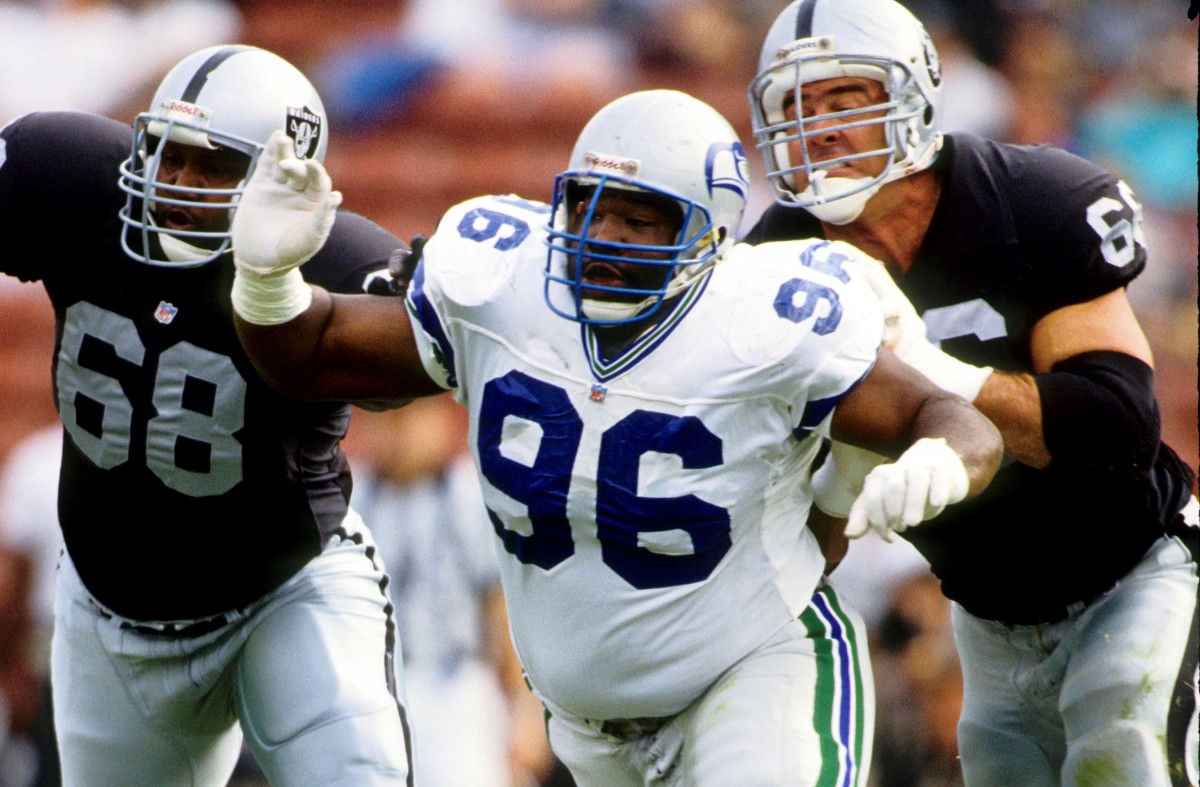
1990: Cortez Kennedy, Defensive Tackle, Miami (No. 3 Overall)
Analysis: One of the best defensive tackles to ever play the game, Kennedy appeared in eight Pro Bowls, made five All-Pro teams, and after registering a career-high 14.0 sacks, he garnered NFL Defensive Player of the Year honors in 1992. After wrapping up his 11-year career with 668 tackles and 58.0 sacks, he was named to the 1990s All-Decade Team, added to Seattle’s Ring of Honor in 2006, and inducted to the Pro Football Hall of Fame in 2012.
Grade: A+
1991: Dan McGwire, Quarterback, San Diego State (No. 16 Overall)
Analysis: Looking to find their next franchise quarterback, the Seahawks drafted the brother of MLB slugger Mark McGwire. His selection in the first round proved to be the only highlight of his tenure in Seattle, as he threw just two touchdowns in 12 games before being washed out of the league entirely after spending the 1995 season with the Dolphins.
Grade: F
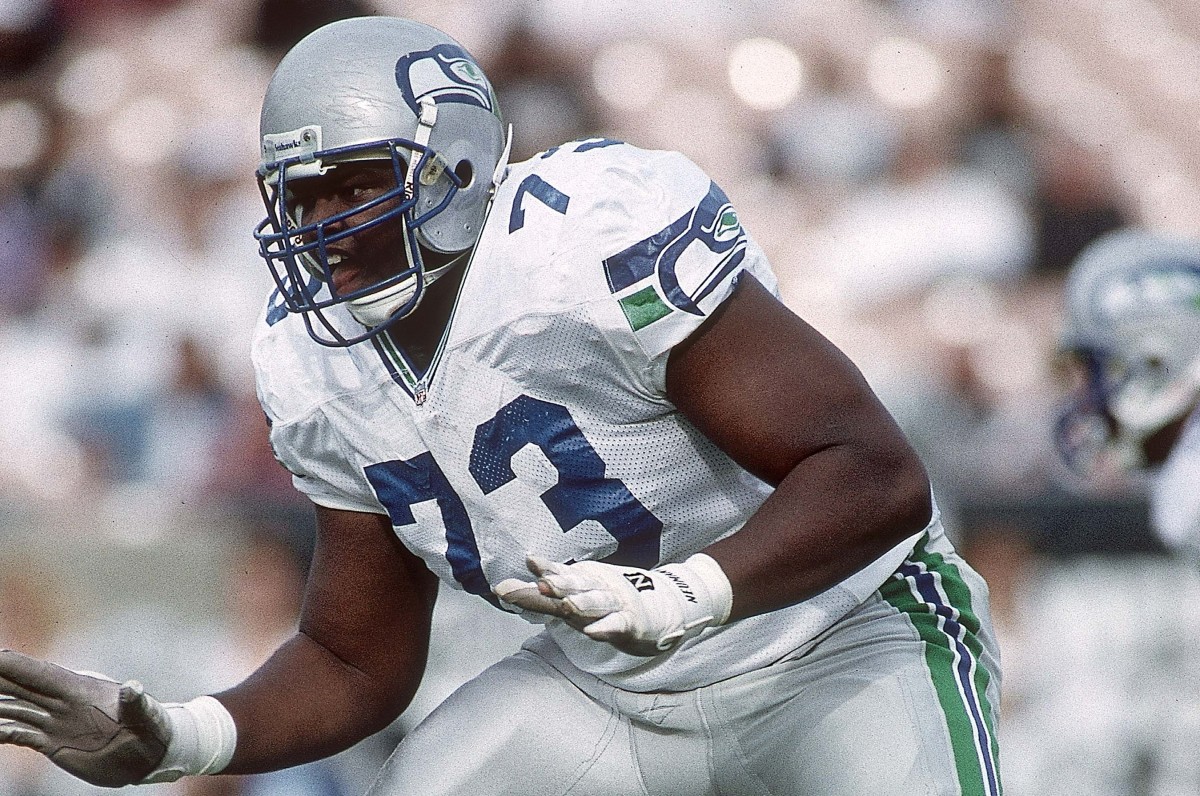
1992: Ray Roberts, Tackle, Virginia (No. 10 Overall)
Analysis: Once again trying to address their offensive line, Seattle selected Roberts, who had won the Jacobs Trophy as the ACC’s top blocker in each of his final two college seasons for the Cavaliers. He was a full-time starter during his first three seasons with the Seahawks, helping open up running lanes for star back Chris Warren. Injuries dogged him in 1995 and he eventually left as a free agent to sign with the Lions, where he continued to find success blocking for Barry Sanders.
Grade: C+
1993: Rick Mirer, Quarterback, Notre Dame (No. 2 Overall)
Analysis: Widely viewed as one of the biggest busts in franchise history, Seattle once again whiffed at quarterback with Mirer, who threw 56 interceptions in 55 games over four seasons with the team. Though he never finished a season with a completion percentage higher than 56 percent, he managed to see the field for four other franchises before his career concluded in 2003.
Grade: D-
1994: Sam Adams, Defensive Tackle, Texas A&M (No. 8 Overall)
Analysis: Recording 214 tackles and 23.0 sacks, Adams played well during six seasons in Seattle, including being named a Pro Bowl alternate in 1997. But his best seasons came in Baltimore and Buffalo, as earned All-Pro recognition in 2000 and 2001 with the Ravens and appeared in his third Pro Bowl with the Bills in 2004. If the team would have been more competitive when he was with the Seahawks, he may have made a Pro Bowl much sooner.
Grade: B
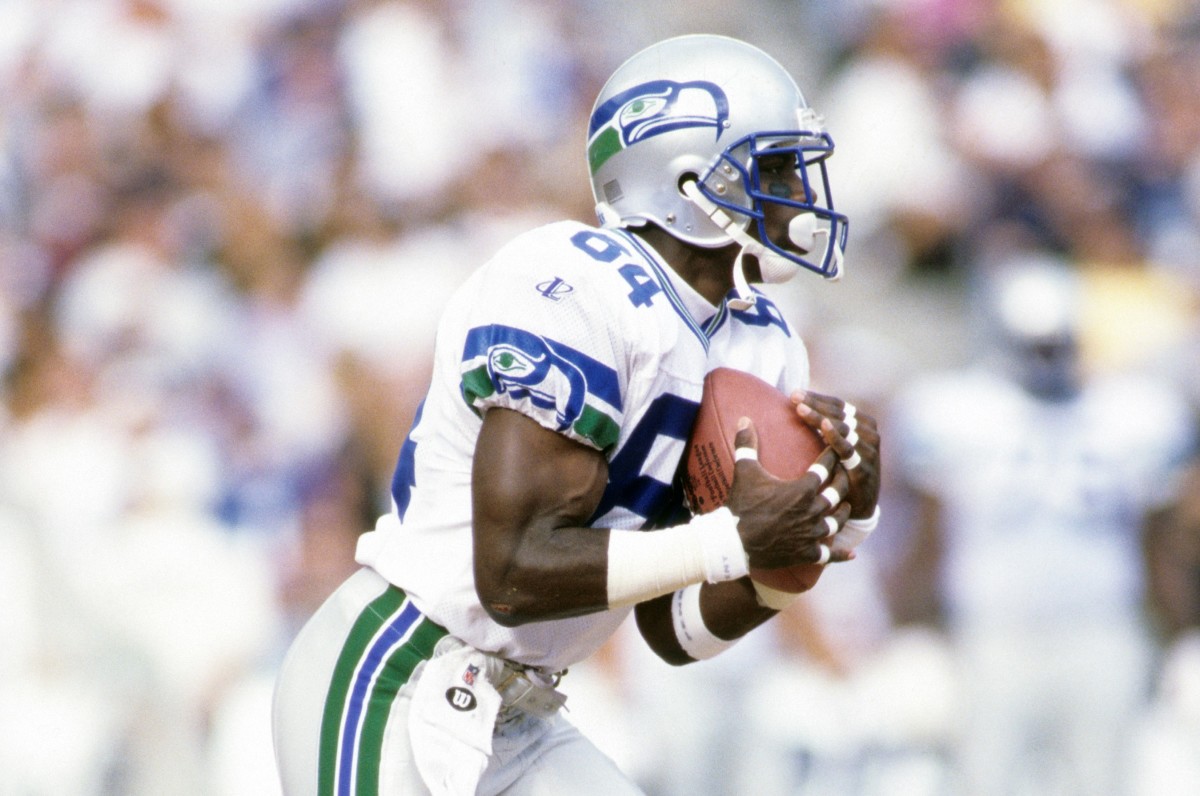
1995: Joey Galloway, Wide Receiver, Ohio State (No. 8 Overall)
Analysis: Despite playing with mediocre quarterbacks, Galloway surpassed 1,000 receiving yards in three of his five seasons with the Seahawks and caught 37 touchdowns during that span. He also emerged as one of the league’s best punt returners, taking four punts back to the house for six points. Prior to the 2000 season, Seattle shipped him to Dallas for two first-round picks, which netted Shaun Alexander and Koren Robinson.
Grade: B+
1996: Pete Kendall, Guard, Boston College (No. 21 Overall)
Analysis: Though he certainly wasn’t a star, Kendall proved to be a reliable starter at left guard in five seasons with the Seahawks, starting 75 games total for the franchise. He moved on to play eight more seasons with the Cardinals, Jets, and Redskins, starting 188 of his 189 career games played.
Grade: B-
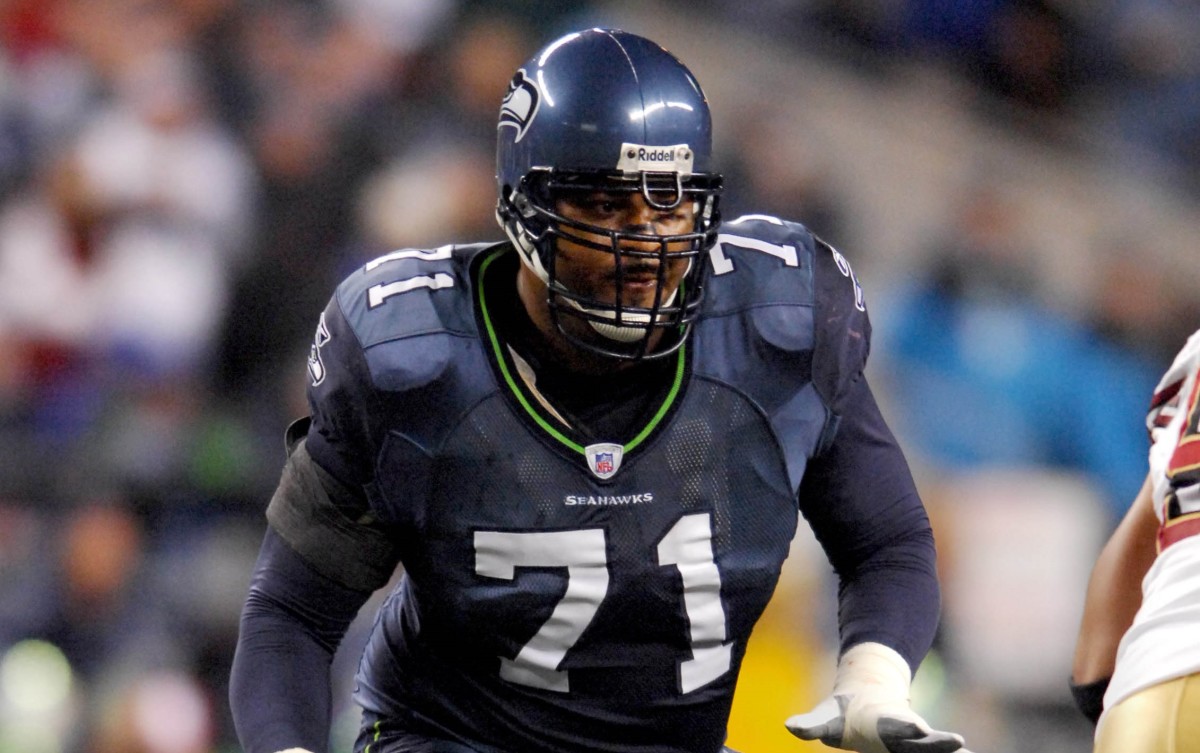
1997: Shawn Springs, Cornerback, Ohio State (No. 3 Overall)
1997: Walter Jones, Tackle, Florida State (No. 6 Overall)
Analysis: With two first-round picks in the same draft for the first time ever, Seattle drafted a shutdown cornerback in Springs and arguably the greatest tackle to ever play the game in Jones. Springs played seven seasons in Seattle, recording 20 interceptions and 55 passes defensed while also playing in one Pro Bowl. Jones started 180 games in 12 seasons with the Seahawks, earning All-Pro distinction six times and becoming the third Seahawk to be inducted to the Pro Football Hall of Fame in 2014. Flagged for just nine holding penalties in his entire career, he's widely viewed as one of the best tackles in NFL history.
Grades: B for Springs, A+ for Jones
1998: Anthony Simmons, Linebacker, Clemson (No. 15 Overall)
Analysis: Enamored by his speed, the Seahawks used their lone first rounder in 1998 to snag Simmons, who played seven good, yet unremarkable seasons with the team. He did manage to lead Seattle in tackles during the 2000 and 2001 seasons before injuries wrecked his final three NFL seasons.
Grade: C-
1999: Lamar King, Defensive End, Saginaw Valley State (No. 22 Overall)
Analysis: If not for injuries, King may have been a solid NFL defensive end for the Seahawks. But he suffered a dislocated shoulder, torn labrum, and multiple knee injuries during five seasons in Seattle, bringing his brief NFL career to a close with 12.0 sacks in 57 games. This definitely ranks among the franchise's biggest "what if" first round selections.
Grade: D
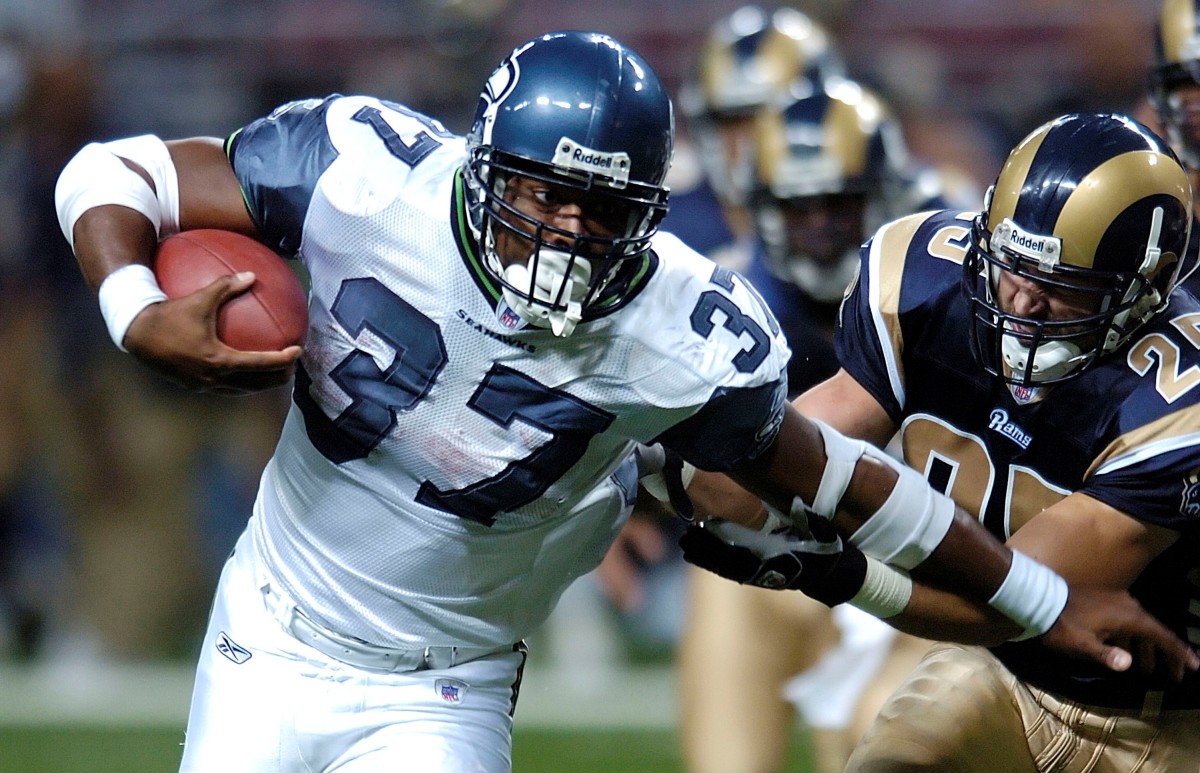
2000: Shaun Alexander, Running Back, Alabama (No. 19 Overall)
2000: Chris McIntosh, Tackle, Wisconsin (No. 22 Overall)
Analysis: Unlike 1997, the Seahawks didn’t take full advantage of each of their first-round selections. Alexander became a superstar, rushing for over 1,100 yards in five straight seasons and earning NFL Most Valuable Player honors with over 1,800 yards and 27 touchdowns in 2005. McIntosh unfortunately started only 13 games in two years before being forced to retire with recurring neck issues. If not for the injury, he may have become another foundational building block up front for one of the league's best offensive lines.
Grades: A for Alexander, D- for McIntosh
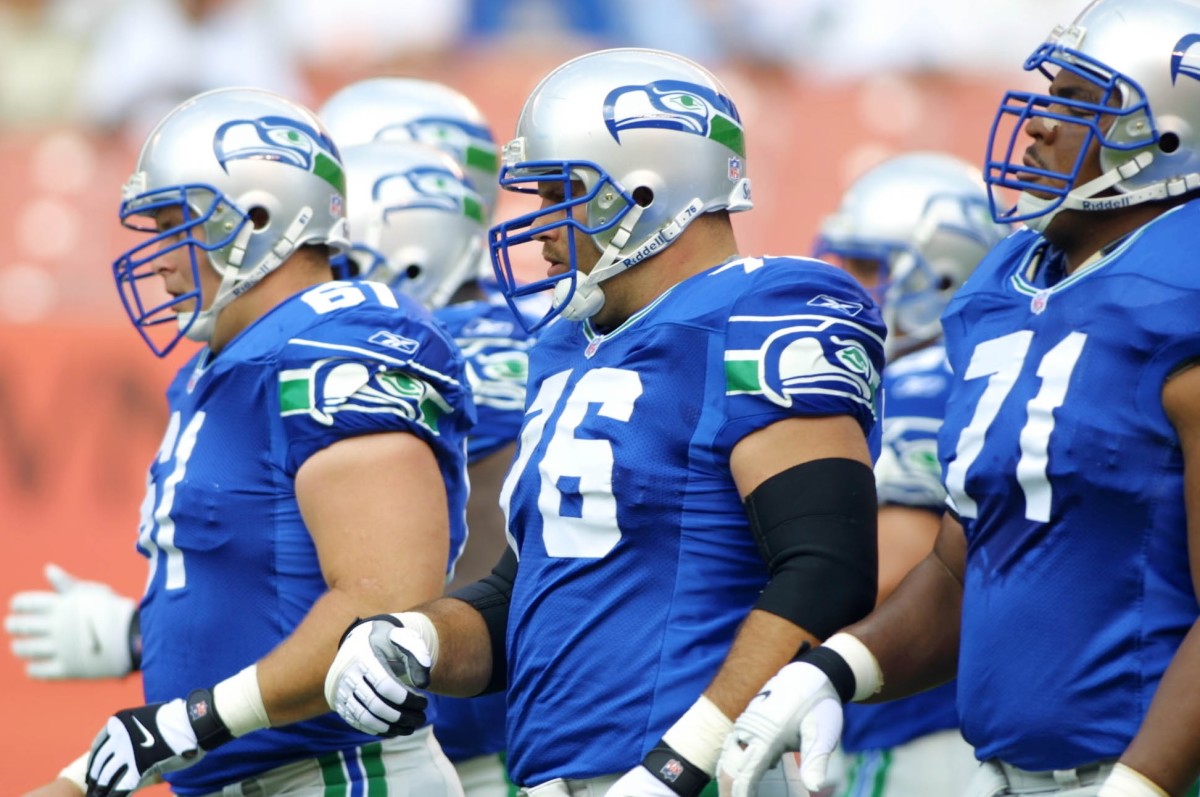
2001: Koren Robinson, Wide Receiver, North Carolina State (No. 9 Overall)
2001: Steve Hutchinson, Guard, Michigan (No. 17 Overall)
Analysis: Two seasons after this draft, it looked like the Seahawks had replicated their success from 1997, as both Robinson and Hutchinson emerged as impact starters. But after posting over 1,200 receiving yards in 2002, Robinson struggled with drops and lasted only two more seasons in Seattle. Hutchinson earned All-Pro accolades twice and played in three Pro Bowls over the next three years before leaving as a free agent to join the Vikings in 2006. After COVID-19 canceled his initial ceremony, he was inducted into the Pro Football Hall of Fame in August 2021.
Grade: C for Robinson, A- for Hutchinson
2002: Jerramy Stevens, Tight End, Washington (No. 28 Overall)
Analysis: There was no question Stevens had talent and it flashed at times. During 2005 when Seattle made a run to its first-ever Super Bowl appearance, the former Husky caught a career-high 45 passes for 554 yards and five touchdowns. But he struggled to catch the ball consistently and never lived up to his potential thanks to a laundry list of off-field issues throughout his nine-year NFL career.
Grade: C
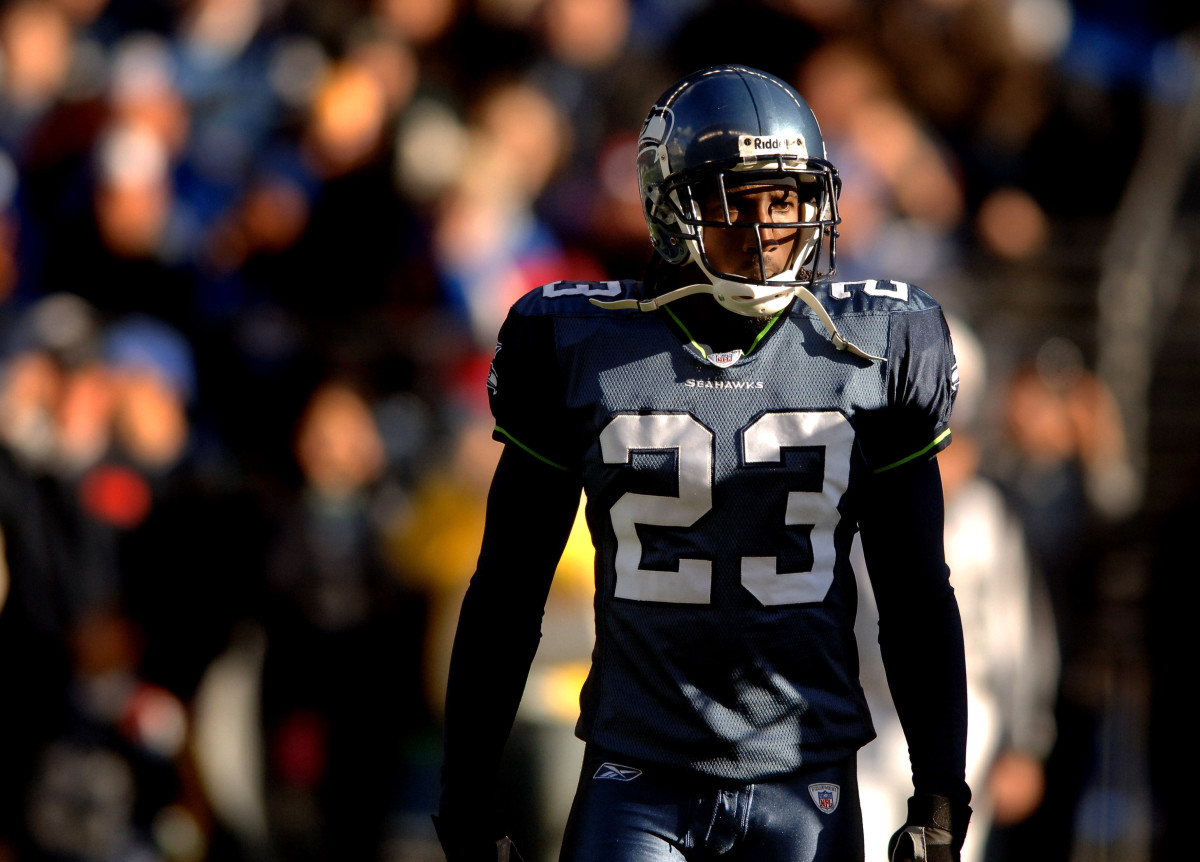
2003: Marcus Trufant, Cornerback, Washington State (No. 11 Overall)
Analysis: Born in nearby Tacoma before starring in Pullman, Trufant quickly became a fan favorite in Seattle and played his entire 10-year NFL career with the Seahawks. He started 125 games total, recording 644 tackles, 21 interceptions, and 112 passes defensed while also playing in the 2007 Pro Bowl. He belongs in consideration as one of the top three cornerbacks in franchise history and should eventually have his number hanging in the rafters as a Ring of Honor member.
Grade: A-
2004: Marcus Tubbs, Defensive Tackle, Texas (No. 23 Overall)
Analysis: Tubbs presents another case of a talented player who simply couldn’t stay healthy long enough to make a lasting impact for the Seahawks. He showed some potential in his second season in Seattle in 2005, recording 40 tackles and 5.5 sacks in 13 games. But after playing just five games the following season, he underwent microfracture surgery on his injured knee and didn’t play another down in the league.
Grade: D+
2005: Chris Spencer, Center, Mississippi (No. 26 Overall)
Analysis: With Robbie Tobeck nearing the end of his career, Seattle was proactive finding his eventual replacement by selecting Spencer a bit earlier than most draft pundits expected. After Tobeck retired following the 2006 season, Spencer started 70 games at center for Seattle over the next five seasons before wrapping up his career with four seasons in Chicago and Tennessee.
Grade: C
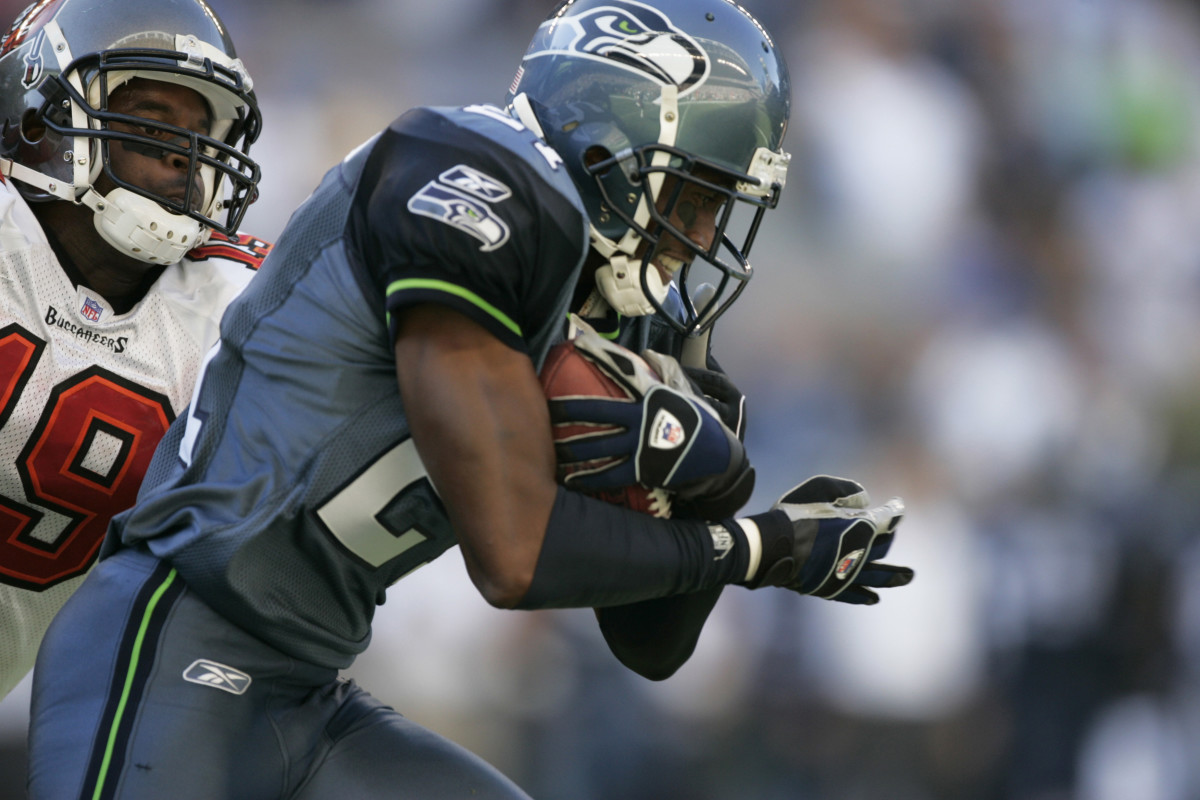
2006: Kelly Jennings, Cornerback, Miami (No. 31 Overall)
Analysis: Aside from 2007 when he started 15 games for the Seahawks, Jennings struggled to find the field during his first four seasons with the organization. In five seasons in Seattle, he recorded 207 tackles and just two interceptions before being washed out of the league entirely in 2011.
Grade: D+
2008: Lawrence Jackson, Defensive End, USC (No. 28 Overall)
Analysis: Expected to bolster Seattle’s pass rush, Jackson became an immediate starter as a rookie for Seattle, but produced only 6.5 sacks in two seasons with the Seahawks. Ironically, he was traded to the Lions for a sixth-round pick by his former college coach when Pete Carroll took over in 2010 and lasted just three more seasons in the league.
Grade: D
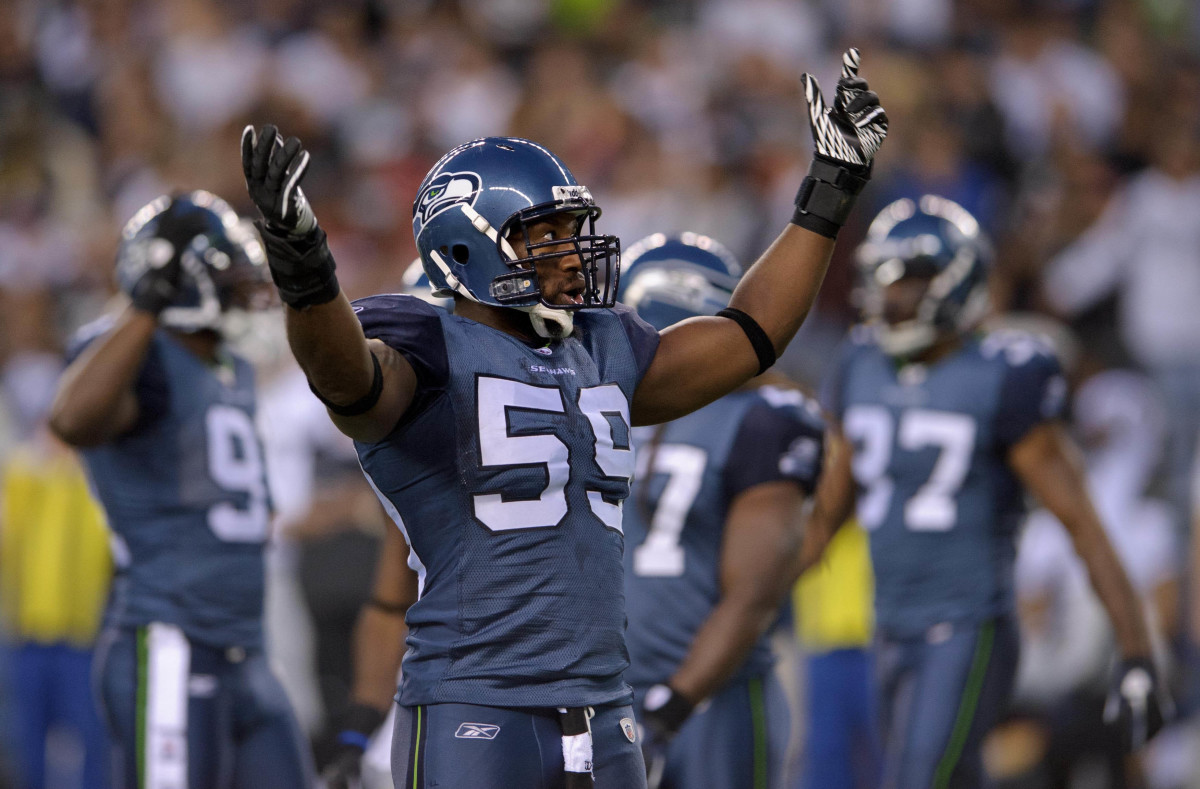
2009: Aaron Curry, Linebacker, Wake Forest (No. 4 Overall)
Analysis: Widely viewed as one of the safest prospects in the 2009 NFL Draft, Curry signed a six-year, $60 million contract with $34 million guaranteed. But he didn’t come close to living up to his record-breaking rookie deal, recording 198 tackles and 5.5 sacks in 35 games before being traded away to the Raiders in the middle of the 2011 season. Though it doesn't impact his grade, he has become a quality assistant coach for the Seahawks in his post-playing career.
Grade: D-
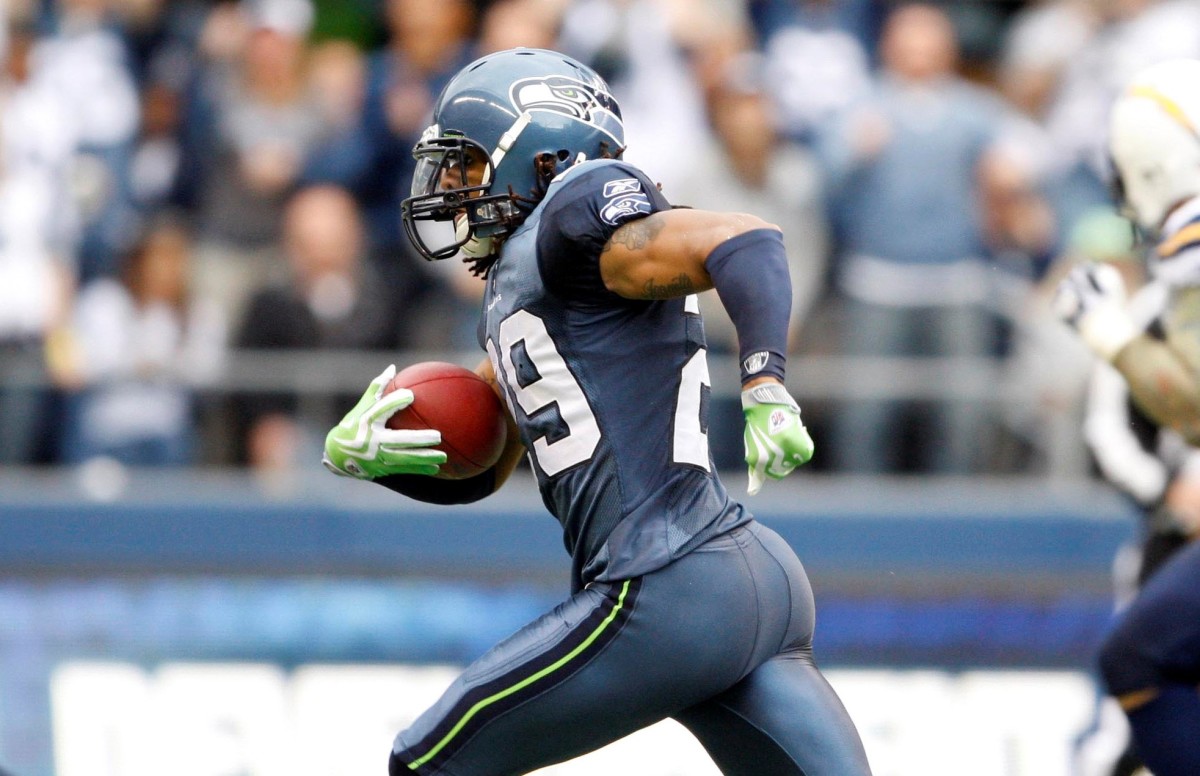
2010: Russell Okung, Tackle, Oklahoma State (No. 6 Overall)
2010: Earl Thomas, Safety, Texas (No. 14 Overall)
Analysis: In his first draft, Schneider helped quickly build the foundation for Seattle’s long-term success by landing Okung and Thomas in the first round. Okung battled injuries throughout his six-year tenure with the Seahawks, but he still started 72 games and made the Pro Bowl in 2012. Thomas, who made five All-Pro teams in Seattle, accumulated 684 tackles and 28 interceptions in eight seasons with the team. Despite an ugly departure after the 2018 season, he should be in consideration for Canton as well as the Ring of Honor someday.
Grades: B- for Okung, A+ for Thomas
2011: James Carpenter, Guard, Alabama (No. 25 Overall)
Analysis: A torn ACL derailed Carpenter’s first two seasons in Seattle, as he started only 16 combined games during that span. He bounced back to become a functional starter at left guard over the next two seasons and started in both of the Seahawks Super Bowl appearances in 2013 and 2014. He has remained in the league up until now and currently is an unsigned free agent.
Grade: C-
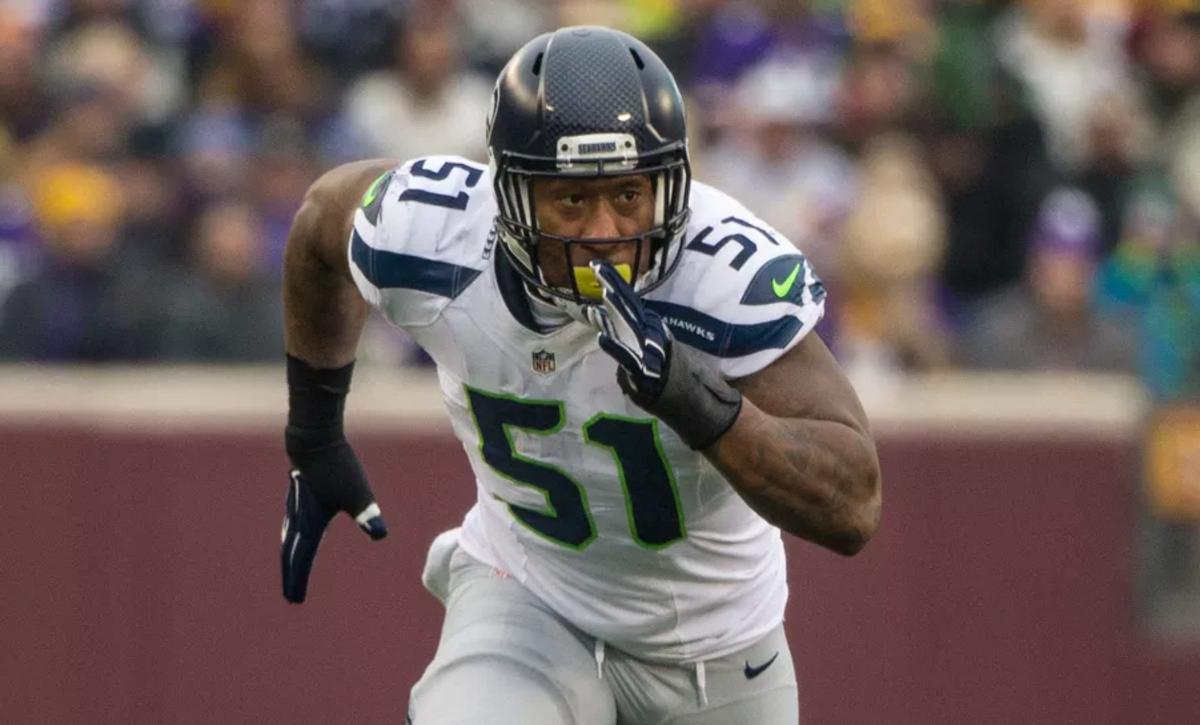
2012: Bruce Irvin, Defensive End, West Virginia (No. 15 Overall)
Analysis: Analysts were stunned when Seattle “reached” to take the athletic Irvin midway through the first round of the 2012 NFL Draft. He didn’t start a single game as a rookie, but still produced 8.0 sacks and 19 quarterback hits. Over the next three seasons, he transitioned to SAM linebacker, starting 27 games while recording 14.0 sacks, 30 quarterback hits, and three interceptions. He used this success to cash in a on a multi-year free agent deal with the Raiders. This grade would be even higher if his return to Seattle in 2020 worked out, but a torn ACL ended his season after only two games. He's currently an unsigned free agent.
Grade: B-
2016: Germain Ifedi, Tackle, Texas A&M (No. 31 Overall)
Analysis: Throughout his four seasons with the Seahawks, Ifedi was under constant fire from the fan base for penalty issues and inconsistency in pass protection. But he was durable, starting 60 out of 64 possible games at right tackle and right guard, and may have been criticized more than he deserved. He had a solid first season with the Bears and was re-signed by the team last offseason, only to deal with injuries in 2021. He's currently an unrestricted free agent.
Grade: C
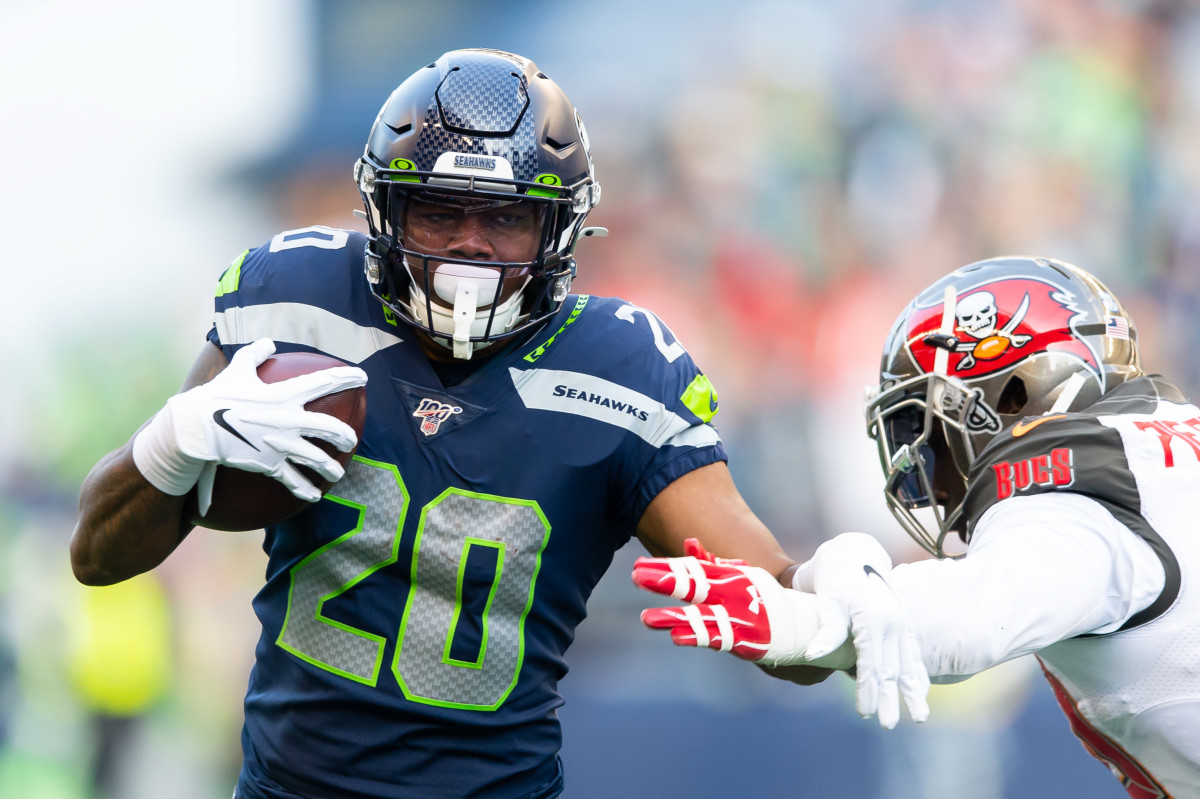
2018: Rashaad Penny, Running Back, San Diego State (No. 27 Overall)
Analysis: Seattle shocked many by using a first-round pick in 2018 on a running back, trading down before eventually picking Penny, who led the NCAA in rushing yards as a senior with the Aztecs. Due to injuries, including a torn ACL that cost him most of the 2020 season, he rushed for only 823 yards and five touchdowns in 27 games over his first three seasons. But the dynamic back finally got healthy enough to showcase his immense talent in 2021, finishing the season on a scintillating tear rushing for 671 yards, six touchdowns, and 7.3 yards per carry in Seattle's final five games. Re-signed to a one-year deal in free agency, he will look to carry that impressive production over to a full season in 2022.
Grade: C-
2019: L.J. Collier, Defensive End, TCU (No. 29 Overall)
Analysis: After an ankle injury cost him most of training camp and hindered his entire rookie season, Collier bounced back nicely in his second season with the Seahawks. Starting all 16 games at the base defensive end position, he registered 22 tackles, 3.0 sacks, and seven quarterback hits. Unfortunately, that stellar play didn't prove to be a stepping stone for the former Horned Frogs standout, as he took a major step back in his third season with only eight tackles and no sacks in 10 games. He fell out of their defensive line rotation and was a healthy scratch for seven games. Like Penny a year ago, he will enter the final season of his rookie contract with much to prove if he wants to stay with the team beyond 2022.
Grade: D
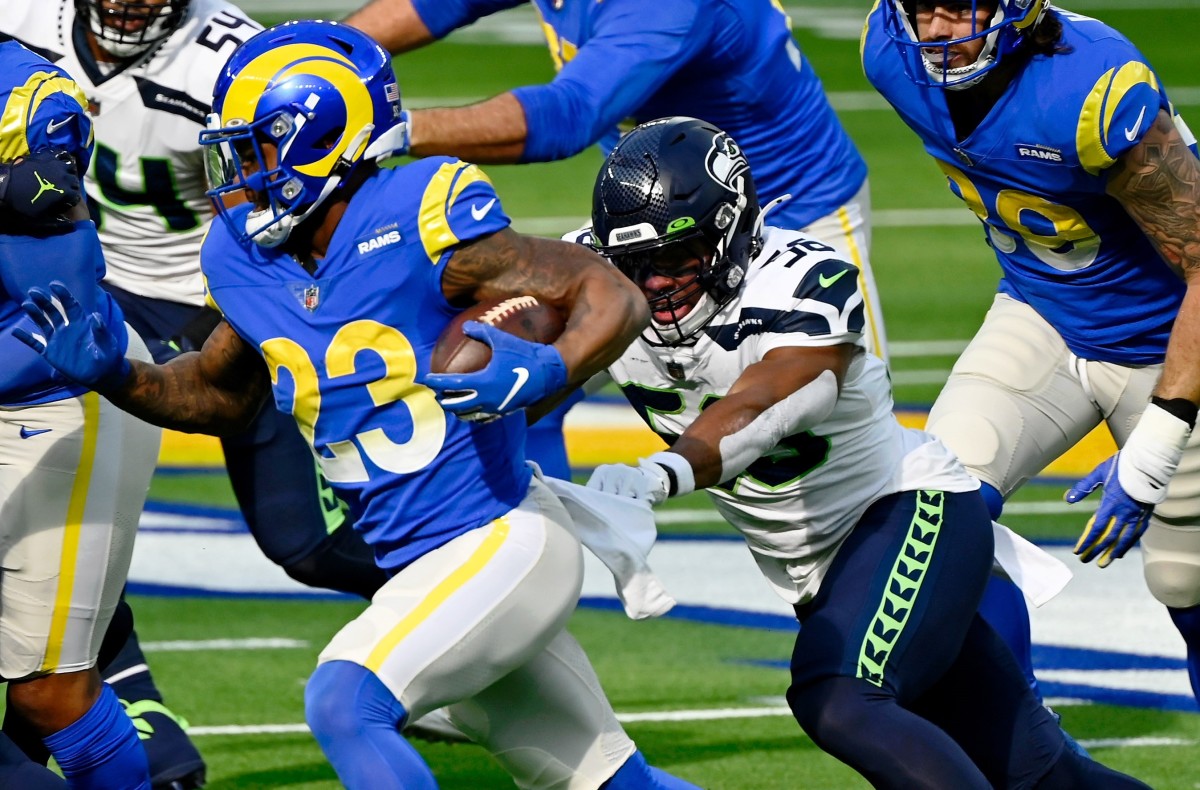
2020: Jordyn Brooks, Linebacker, Texas Tech (No. 27 Overall)
Analysis: Schneider isn't a stranger when it comes to catching draft pundits and fans off guard, but he may have topped himself drafting an off-ball linebacker in Brooks. Many viewed his skill set as redundant with Bobby Wagner still on the roster and Cody Barton being drafted one year earlier, but he came on strong in the second half of his rookie season, finishing with 57 tackles, two passes defensed, and two tackles for loss. Taking over as the full-time weakside linebacker in his second season, the Houston native established a new franchise record with 184 tackles and received the first of what could be many All-Pro votes for the rising young star.
Grade: B
